
Art as a Mirror of Time. A Golden Interweaving of Symbols and Archetypes
Stefania Quattrone The game of “Mnemosyne” in the hidden plot of creativity:
“when Flora adorns the world with flowers.”
An "imaginal" journey into the "emotion of totality"...
Art, beauty, and mystery represent the ideal backdrop for that erotic knowledge, where Psyche's thread inexorably weaves the "hidden plot" which, as Hippolytus recalls, "is stronger than the manifest one" and which animates symbols and images throughout time and history.
The eulogy of Socrates, presented by Alcibiades in the final part of the Symposium , illustrates in an exemplary way the mystery of Eros .
Alcibiades says this about Socrates:
“… Socrates, gentlemen, I will now try to praise him thus, by means of images… I affirm for certain that he resembles, in a perfect way, those Silenus - placed in the workshops of the sculptors - which the craftsmen make, equipping them with bagpipes or flutes, and which, when opened in two, reveal within them that they possess images of gods… that are so divine and golden, and utterly beautiful and admirable… whenever one listens to you… we are stunned and possessed… For when I listen to him, my heart, much more than those excited by the Corybantic frenzy, beats strongly, and tears flow, provoked by his speeches… For he forces me to admit that, although I lack many things, I continue to neglect myself, and am concerned instead with the affairs of the Athenians. Therefore, doing violence to myself, I go away in flight, as if from the Sirens, with my ears stopped, so as not to grow old - sitting right here - next to this one. And he is the only man in relation to whom I have experienced what no one will believe can exist within me: shame before someone... but hear from me also, in other respects, how similar he is to those to whom I have compared him, and how wonderful is the power he possesses... on the outside, he is clothed... like the sculptured Silenus: but on the inside, once opened, how great is the continence with which he is filled... ” (Plato, Symposium, 215 bcde, 216 bcde).
This singular story introduces us to a journey of images where the harmonization between Macrocosm and Microcosm transpires in the Renaissance manner, experiencing through a traveling Virtual Art Gallery what great philosophers, poets and artists have divulged with their works in the past: the alchemical unio mentalis , the journey of the Soul and the Spirit to self-knowledge, inter-penetration of the lost threads of Being or rather veiled by the experiences of the Ego .
The idea that the World, in all its details, has a Soul arose during the Renaissance and is today taken up again by archetypal psychology.

Through the reconstruction of a path of symbolic images, the Virtual Art Gallery aims to offer immediate and unitary observation through the methodology of "active imagination," as Jung reminds us, or the knowledge of imagination understood as the magical production of an image.
Imagination as a magical creative power: Ĭmāgo-Magia .
By virtually exploring some of the most important works of art from the Renaissance and beyond, delving into the hidden meaning behind their characteristic symbols, even today, thanks to the philological reconstruction proposed by this Virtual Art Gallery —a television format also presented as a traveling museum tour—we can derive the same benefits described by Marsilio Ficino and Pico della Mirandola in their works: how to use " active imagination ," or the action of " imagines agentes ," which can ignite the profound Memory, the eyes of the Soul, or the "Code of the Soul." Indeed, the innovative dynamism of digital immersion opens the works to a new creativity, stimulating unusual reflections.

The artists who created them wanted to stimulate observers in the philosophical paths of Harmony and Eros , considered a true "mediating demon", or to introduce them to that Platonic "Knowledge" by increasing with these masterpieces the well-known awareness that the Universe is the result of our behavior, for this reason we must not go beyond the limits, as the inscription on the Temple of Apollo in Delphi urges " meden agan ", "nothing in excess".

In a culturally and politically disintegrated “World,” Art can illuminate with its narrative rich in symbols and stimulate, with direct language, the minds of Men to awaken their consciences, as Julian the Apostate reminds us when, regarding the moral teaching on becoming better, he emphasizes, “becoming better not than others, but than oneself.” This is the true challenge, in fact, the “totality of beauty,” its “absolute” for the Greeks, is expressed in the “totality of moral value.”
So "let us not cease to purify the eyes of the Soul."
Isn't it therefore the ideal prerequisite for that "imaginative" journey into the so-called "emotion of totality" to delve into the "iconography of art" and "myths," often the protagonists of artistic journeys, with a careful and conscious gaze?
We must be able to read every sign of the external world, observes Marsilio Ficino, and every expression of it: from the colors of stones to astral configurations. They are all part of the discourse of the Universe, different points of the One.
So following the Renaissance philosopher, "we remain within the image," a Greek expression meaning "to save the phenomena" and taken up by Jung when he spoke of images with which a sensorial imagination brings out the movements of the Soul.
That gift of fullness that only Mnemosyne , the mother of the Muses, grants, where one can “find oneself” in the “here and now”, aware of contemplating and exploring that “Sacred Temple” that lies hidden in “Life”, in the origin and infinite flow of the World.
In this “sacred circle” symbol of perfection or even of Eternity dwells: “ Love ”.
The creative process undoubtedly leads to a process of inner transformation, very similar to alchemical transformations, to that aurum non vulgi described symbolically in the Hermetic Treatises, which are not coincidentally called “Great Art”, or “Sacred and Divine Art” accompanied by the expression: “ Amor Omnia Vincit ”.
Yes Eros plays a privileged role with its perception of meaning that leads the egoic consciousness into the imaginal world, masterfully described by Henry Corbin, where Memory unfolds, the universal matrix from which consciousness develops with an expansive power.
So the creative process is undoubtedly linked to Eros .
Why can Eros guide us on this journey?
Why is the oldest god, or as others think the youngest god, or even the great demon related to the theme that links symbols and archetypes, that is, the creative process?
This will be the game-path that Mnemosyne can reveal in the hidden plot of creativity: a golden interweaving of symbols and archetypes.
Sophia , the highest form of “Life” that generates Love .
Festina Lente
(Make haste slowly).
Recovering the wisdom of the Ancient World, that is, that “mnemic wave” as Aby Warburg taught us, to counteract the acceleration of the reality in which we live, which has completely deprived us of aisthesis , of the sense of the heart, with the serious problems that permeate our lives.
A torpor that has anesthetized our Soul and beyond.
The solution to the problem is: “raising the level of our consciousness”.
As?
Cultivating the heart-mind as it was done in the Renaissance.

In the famous villa of Careggi, home of the Florentine Platonic Academy, philosophers, artists and poets such as Marsilio Ficino, Pico della Mirandola, Alessandro Botticelli, Poliziano, Lorenzo the Magnificent discuss Natural and spiritual Magic, the practical use of planetary talismans, a Magic based on the Spiritus Mundi , concepts relating to Platonic Theology and the mystery of Eros .
Beauty and Love are at the center of the Renaissance cultural debate.
In the Renaissance, the Microcosm-Man was in harmony with the Macrocosm-World, this is the secret to reintroducing aisthesis in our lives, the aesthetic response is a moral response, this is why the goddess Aphrodite is indispensable: kalon kagathon , or rather kalokagathon , beauty and goodness, it is in the morality of actions that beauty emerges, due to the fact that beauty acts like a voice that calls to better things, that pushes the heart to love, the mind to imagine in a more expansive way.
The Veda , a “knowledge” that encompassed everything from grains of sand to the edges of the universe, reminds us that “the mind is more than speech, the Self, ātman , is mind, the world is mind, Brahman is mind. Worship the mind.”
The symbol, as we will analyze, is similar to the archetype since both are crossed by a "coagulation of mnemonic waves" or represent the golden thread or the magic formula of creativity.
When the artist creates a work, what is he actually doing?
What path does it follow?
What energy is it driven by?
What lighthouse lights the path of your creativity?
We answer these questions with Nietzsche's insightful reflections: the artist imitates nothing, creates nothing: he rediscovers something in the past.
A world not directed by “necessity”, where “ mania ” is the protagonist and where the absolute sensation is only “vibration”: it is “ardour”.
Art is therefore “asceticism”, as Socrates says in the Phaedrus: “the greatest goods come to us from mania ”.
Why does Beauty hide a magical, disarming power and attract us?
Plato observes in this regard: the “ divine mania ”, that “ divine fury ”, is a mysterious madness that moves us and sets us in motion towards Beauty in that “Cosmos of Aphrodite”, or “Cosmos of Love”: “the greatest of goods come to us through madness, which is granted as a divine gift”
According to Ernst Gombrich, the function of the symbol in the history of culture is of considerable importance: "the Neoplatonic conception of painting places it close to the art of music; both exert their own fascination and lead to lasting psychological effects." The iconographic formulas used by artists to convey the pathos of antiquity are, for Warburg, dynamograms, crystallizations of ancient psychic energies, survived as a legacy, deposited in Memory.
The symbol, Jung observes, is a psychological machine that transforms energy and by converting it creates representations.
Thus the image is first, as a vital impulse, a symbol and then, as a crystallization, it transforms into a sign.
According to this Jungian analysis, the symbol: as a metaphor it leads to the unknown, to the enigma and hides profound truths, is the image of a content that transcends consciousness, as clearly emerges in the Treatises of Hermetic Philosophy , approaching the meaning of archetype, which derives from arché-typos , which translated means “original form”.
Beauty is the harmony of relationships, it is an experience of unification, the experience of Beauty contributes decisively to the fullness of human existence.
The dynamics of Harmony moves us, sets our Soul in motion, perceiving it we enjoy it, for this reason we are driven to seek it and create it, the action in favor of good and justice enters our interiority, illuminates its solitude and makes it fruitful.
The perception of beauty occurs through our active participation, it occurs through a relationship with a resonance, with aesthetic rapture. Beauty does not coincide with pleasure; it is a very precise order, a system of harmonies. We must aim to be beautiful; this is the mission of "Life": to live within a symphony in perpetual co-evolution with reality, as Heraclitus reminds us.
We no longer inhabit the World, we are no longer in relationship with it, Art can help us by showing us the way, Art can be useful to us because it does not invent anything, it extracts hidden gems from the fabric of "Life".
Let us begin this journey through Art, or rather, let us enter with attentive and contemplative eyes into a significant artistic creation to unravel the nature of the symbols it contains, reveal their hidden "power," and thus understand the mystery that the artist has eternally imprinted in this representation: Botticelli's Primavera .
We want to penetrate the mystery of its meaning with an edifying methodology, to explore this knowledge imprinted in the "hidden plot" of these images that still today "act" with their experiential dynamisms, following Ficino's ideas of " sympathetic magic ", which had the aim of educating Man to the awareness of being better.
Art has the power to tear away the veil of the mystery of “Life” because its creations stimulate us to ask ourselves questions about various existential themes.
The cyclical theory of correspondence between Macrocosm and Microcosm, of the Hermetic philosophy of the Renaissance, which also characterizes the Spring , can still guide us in that Cosmos of Neo-Platonism.
In this ideal place the concepts of “Love” and “Beauty”, the true poles of the axis around which the thought of Marsilio Ficino and Pico della Mirandola revolves, are directed towards the cognitive faculty, or rather towards that form of Sophia , of Wisdom of “Ancient Memory”.
On this occasion we will try to propose this form of veneration, focusing on the symbols of Botticelli's Primavera.

The reconstruction of the work was fascinating, as can be seen in the respective photo, using the technological and digital means of a Virtual Television Studio where it was presented for the first time in a very particular and unusual guise, with the orange grove punctuated by the dense verticality of the trees, the myrtle hedge on the flower-filled meadow without images, making them appear one at a time, comparing the philosophical theories of Natural Magic with the respective symbols that characterize it, commented on and described by practically entering the work. The effect, the insight , the expansion first of this void and then the gradual entry of each representation, produced an intense emotion, and the pathos of the famous correspondence between Macrocosm and Microcosm was restored with its benefits in this open dialogue between the artist's creation and today's enjoyment. Art at the center of life with its impulse, not as pure aestheticism, but as a means to nourish the soul, that is, an art of memory with all its spiritual powers to see our existence more deeply. This exploration of significant Renaissance artworks as a methodology for practical meditation, which stems from the Neoplatonic theories of " sympathetic magic " discussed in this study, has been presented both in television programs and in traveling video installations at museums and other sites as " works in progress ."
The theme of this work represents the cyclical nature of the Cosmos and unfolds along a path that symbolically revolves around the seductive magic of Aphrodite , the beauty of the Goddess, and the game of Eros , who strikes blindfolded with his arrow. The breath of Love 's passion transforms with its intensity the characters depicted in the Spring garden.
As if by magic, the mystery of Eros unfolds in a web of meanings. Analyzing the symbols present in this famous painting, we become enthralled by the "Metamorphoses of Love" that spectacularly unfold in Aphrodite 's garden.
The key to entering the mystery of this spring garden and understanding the meanings of Love and Beauty are contained in the Love knot represented by the Three Graces .
Let us enter this garden of Love and Beauty with “pure eyes” and the mystery of Eros will be revealed.

The teaching only comes to indicate the way and the journey, but the vision, as Plotinus reminds us, will be for he who has wanted to see.
This work represents the cultural manifesto of the Florentine Platonic Academy. It is a sort of planetary talisman.
The image of the Graces , joined by the knot of mutual charity, offered a figure of Ficino's Universe.
The Villa di Careggi, predestined by its very name to become Charitum Ager , seat of the Platonic Academy, represented the ideal place for the Three Graces .
Ficino venerated them as an exemplary Triad, an archetype on which all other Neoplatonic Triads appeared to be modelled.
The purpose of Ficino's Doctrine of Divine Love was to teach Man to feel his affinity with God and therefore become Aware of his own Centrality.
Spring is the hermetic symbol of Heraclitus' famous statement: "The most beautiful of plots is formed from divergent ones; and all things arise according to strife."
Spring : a “formula in motion” of the mystery of Love and Beauty in constant evolution, which, after so many centuries, still moves our gaze with the pathos of its depictions.
This could be the aphorism that introduces us to Botticelli's famous painting.
In fact, Art has the power to tear away the veil of the mystery of “Life” by stimulating, with its creations, questions on various existential themes.
Love conquers all.
(Love Always Wins).
HE KNOWS
enter and exit the
TOUR
round of the world
revealing the MYSTERY
of the Beginning and that of the End,
untying the threads of the soul
the enigma of the FOUR:
nostalgia for the unity.
MAM MAMA AMA.
OM AH HUNG.
“Body, Word, Mind”.
This is “new every day” and emblematically depicts the “path” of the transformation of Man and the Universe.


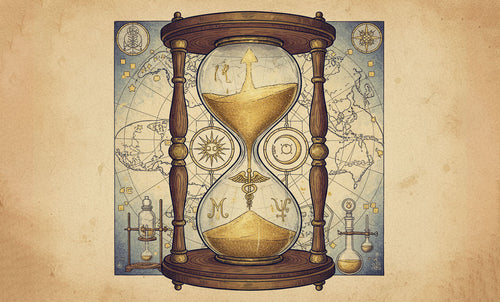
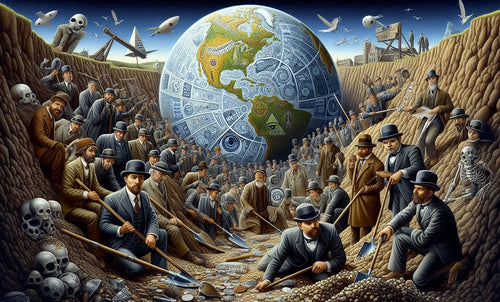


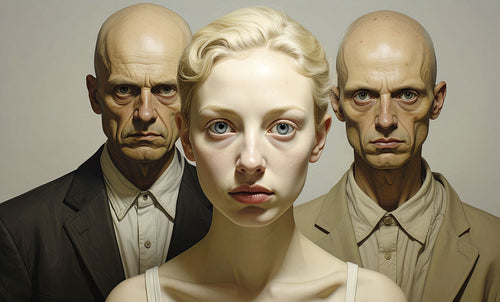
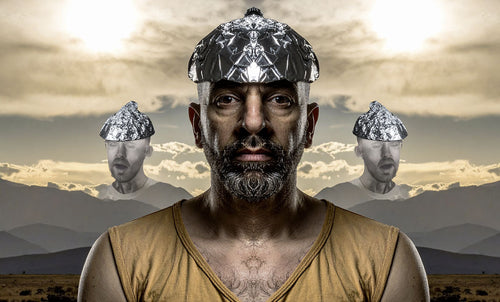
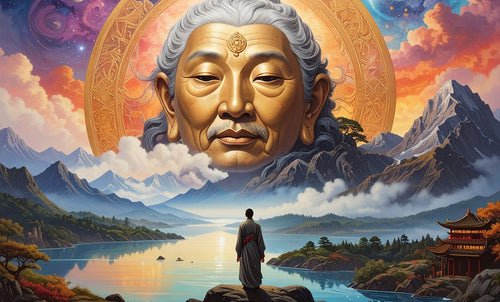
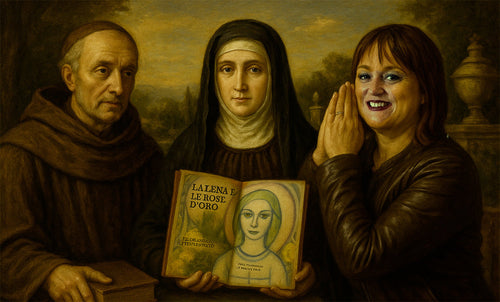






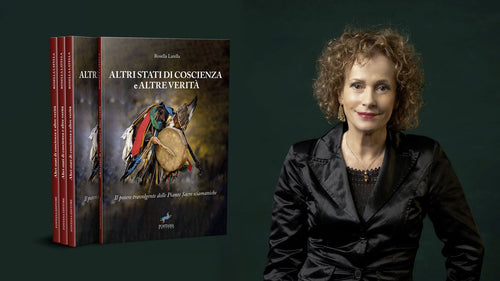

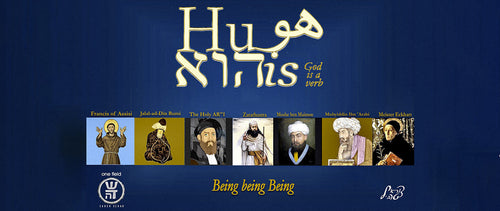
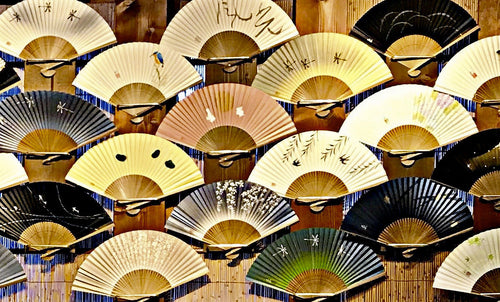



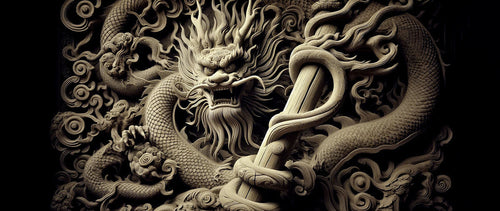
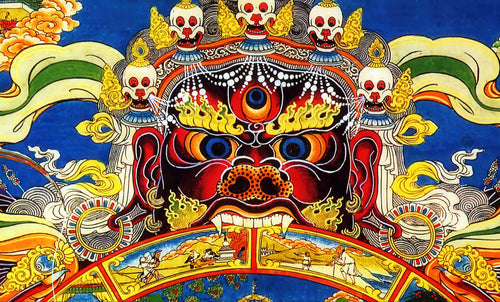

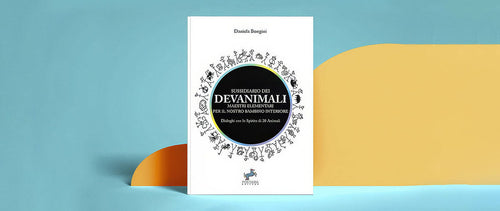
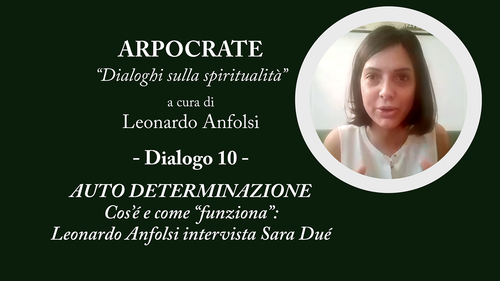



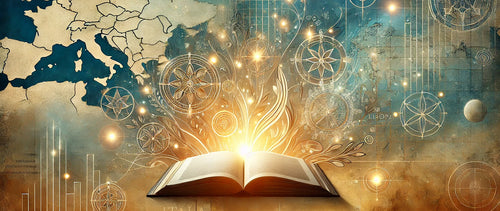
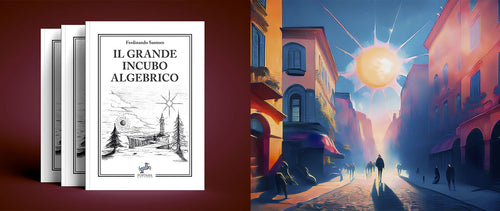
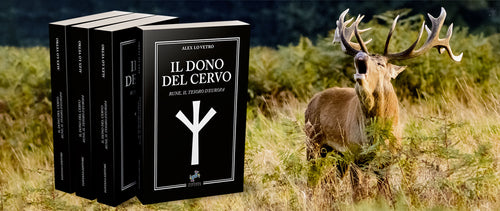

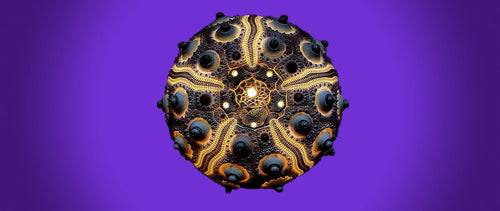



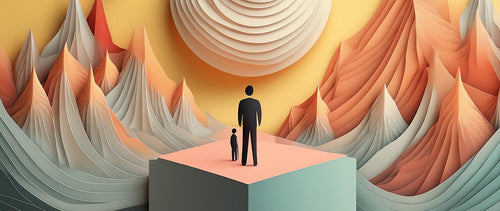



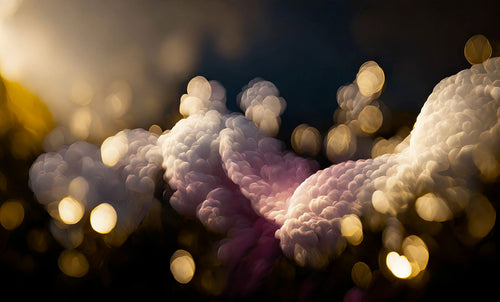
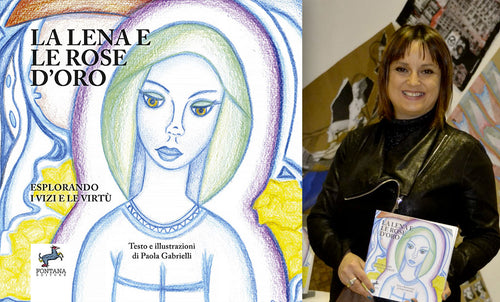

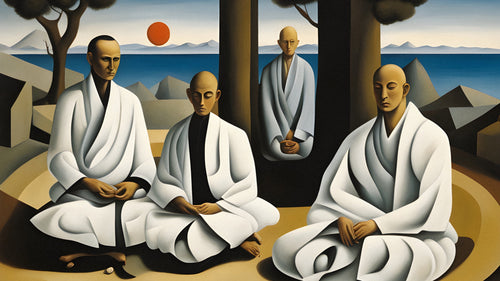
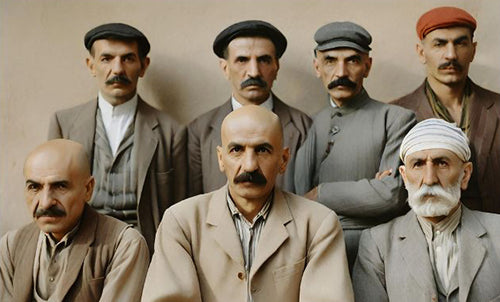
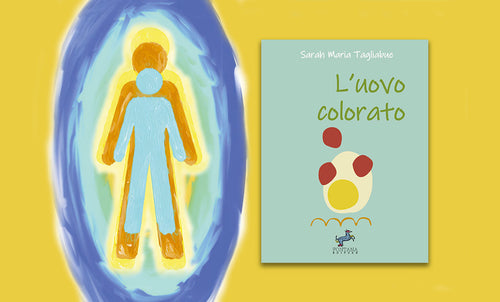
1 comment
Importante studio per un Nuovo Rinascimento